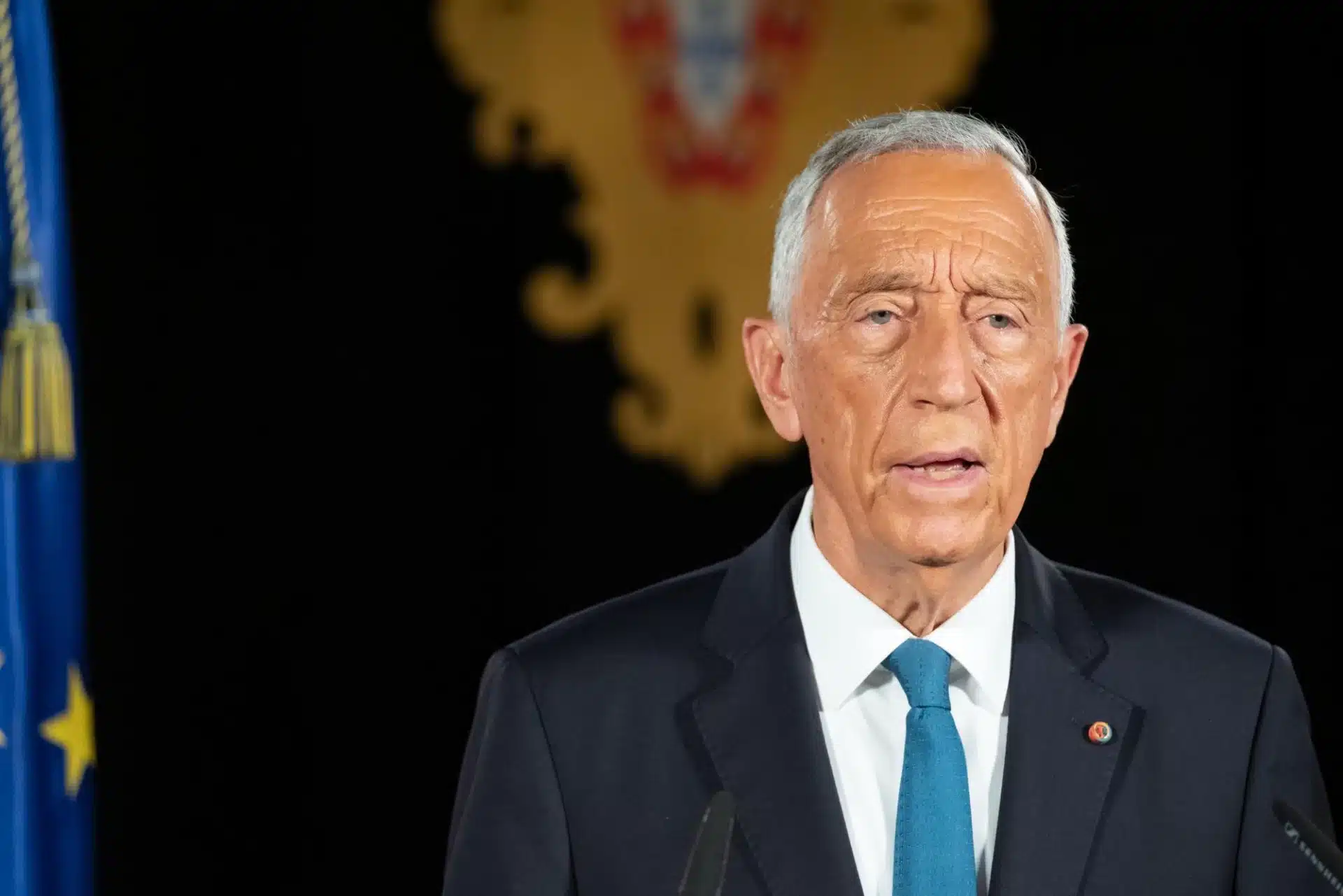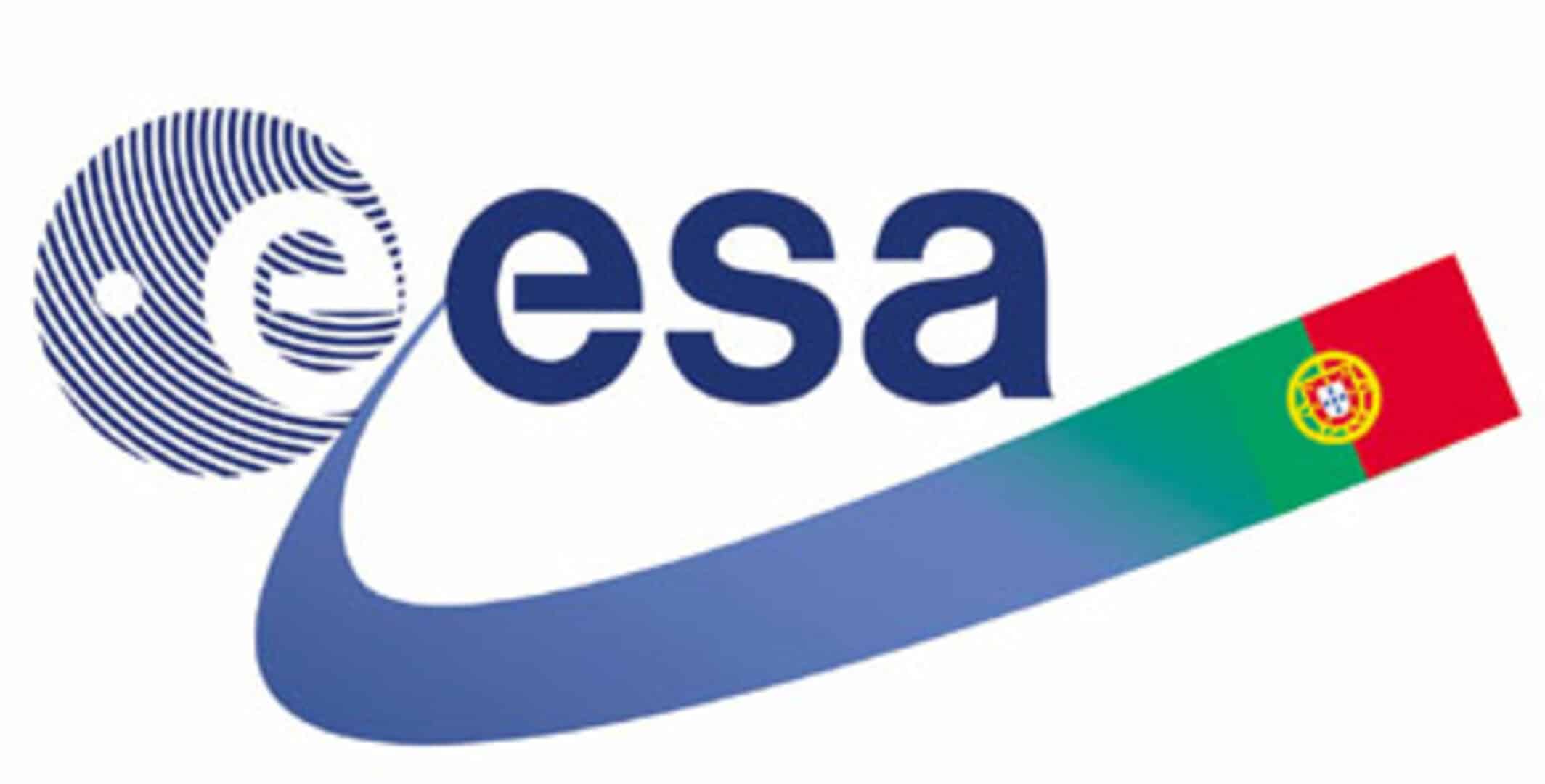The European Space Agency (ESA) has validated the scientific instruments of the Ariel space telescope, which will observe the atmospheres of 1,000 extrasolar planets, with Portugal having “a very strong participation” in the mission scheduled for launch in 2029.
The expression is from astrophysicist Pedro Machado, a member of the board of the international scientific consortium responsible for building and operating ESA’s new space telescope.
Pedro Machado is a researcher at the Institute of Astrophysics and Space Sciences (IA), which today, in a statement, announced that ESA, of which Portugal is a member state, “validated the design of the scientific instruments”, meaning in practice that “the instruments can begin to be built and tested”.
To Lusa, Pedro Machado, a specialist in the study of planetary atmospheres, said that Portugal has in this mission “a very strong participation in scientific and engineering terms”.
This is, in the words of the coordinator of the Portuguese participation, the “first major mission” in space that “will focus on the atmospheres of exoplanets” (planets outside the Solar System).
There are about 1,000 exoplanets, some rocky and others gaseous, some within 4.4 light-years of Earth and others more than 100 light-years away.
The goal is to “characterize the atmospheres of other worlds”, to look for a possible “new Earth, a habitable environment, markers of the possible existence of life, oceans, clouds …”, listed Pedro Machado, who also leads the research group that explores the synergies between knowledge about the planetary atmospheres of the Solar System and exoplanets.
Astrobiologist Zita Martins, from Instituto Superior Técnico, was chosen by ESA to “accompany the scientific component” of the mission, which involves more than 30 Portuguese researchers, most of them from IA.
The Institute of Astrophysics and Space Sciences, through the Instrumentation and Systems for Astronomy group, “is developing the visible and infrared light illumination component” (invisible) of the telescope and “a set of sensors”, according to the Portuguese instrumentation coordinator on the mission, Manuel Abreu, quoted in the IA statement.
Astrophysicist Pedro Machado clarified to Lusa that, without infrared light detectors, scientists would not be able to ‘read’ the chemical “fingerprints of molecules” left in planetary atmospheres.
Portugal is also involved, through the company Active Space Technologies, in the design of the “system for absorbing unwanted light that is introduced into the telescope” and in the construction of the “most visible part” of the telescope (the structure without the lens).
In terms of engineering, the Portuguese participation in the Ariel mission represents contracts with ESA worth more than two million euros, according to Pedro Machado.
Once launched, the telescope will be placed about 1.5 million kilometers from Earth, in the same region where the Euclid (sent into space a month ago) and James Webb (in orbit since 2022) telescopes are located.
The Ariel mission will last four years, with the first scientific data expected in 2030. Its total cost (excluding launch) is estimated at over €500 million.
ESA is joined by its US (NASA), Japanese (JAXA) and Canadian (CSA) counterparts.
Ariel is the name of a moon of Uranus, the seventh planet in the Solar System, and of one of the characters in William Shakespeare’s “The Tempest”, symbolizing strength of spirit.









